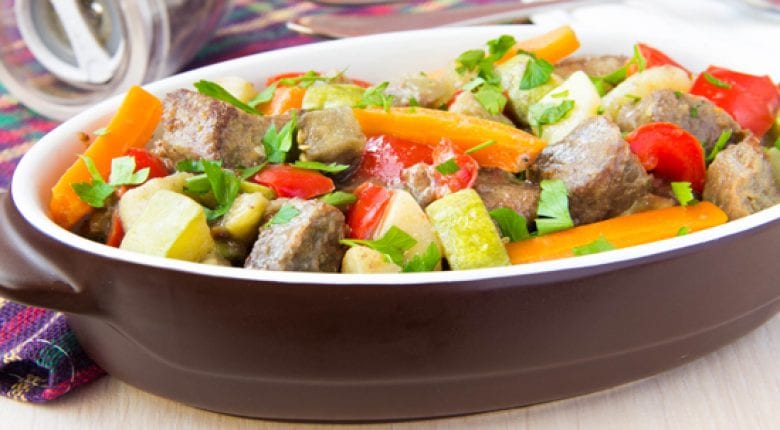Family feasts, get-togethers with friends, putting on a spread for a party… all are indulgently enjoyable times, but these are all occasions when a lot of surplus food sadly ends up in the bin, wasted. One option, which may seem obvious but is often overlooked, is to freeze your leftovers.
Read on to find out how to freeze your leftovers including stews, meats, sauces and soups, and discover some basic rules of freezing to minimise food waste.
When freezing, there are some basic rules you need to follow:
1. Use only fresh, unblemished foods that are well suited to freezing
Foods that are not suitable for freezing include: green leaf salads, fresh fruit or vegetable salads, grapes, fresh whole apples, uncooked greengages or pears.
2. Prepare foods carefully
Meat: Allow time to cool and portion as required.
Vegetables: Clean, wash, chop up, blanch, and cool quickly.
Fruit: Wash, remove leaves, seeds and stalks, or peel, as necessary, and freeze with or without fruit juices.
3. Package in the right quantities
Fruit and vegetables: up to 1kg per pack (max.)
Meat: up to 3kg per pack (max.)
Ready-made meals: up to 1kg per pack (max.)
4. Use appropriate packaging
Solid foods (such as meat, vegetables, bread or baked goods) that are intended for defrosting and microwave cooking should only be packed in packaging specified for this purpose.
Pack liquid and soft foods (such as juices, soups, and soft fruit fillings) in suitably strong and fastened freezer bags or in Microwave Safe containers, as appropriate.
5. Do not exceed the recommended storage periods
The maximum storage times are:
Meat (depending on the type): 3 to 6 months
Vegetables: 6 to 12 months
Fruit: 8 to 12 months
Ready-made meals: up to 3 months
Check whether the frozen food can be prepared from frozen or has to be defrosted first. Most kinds of foods can be prepared from frozen or when lightly thawed. As a general rule, larger pieces of meat, poultry and fish must be fully defrosted or, at least, well thawed before cooking.
Tips for freezing specific types of food:
All of the following are excellent for freezing. By the way, if you don’t already have a suitable freezer, such as a chest freezer to store surplus food, you can find our range of quality freezers here.
Casseroles
Method: pre-freeze (either uncooked or cooked) in a container, then remove from the container and wrap in foil.
Storage life in freezer compartment: 2-3 months.
Roasted meats
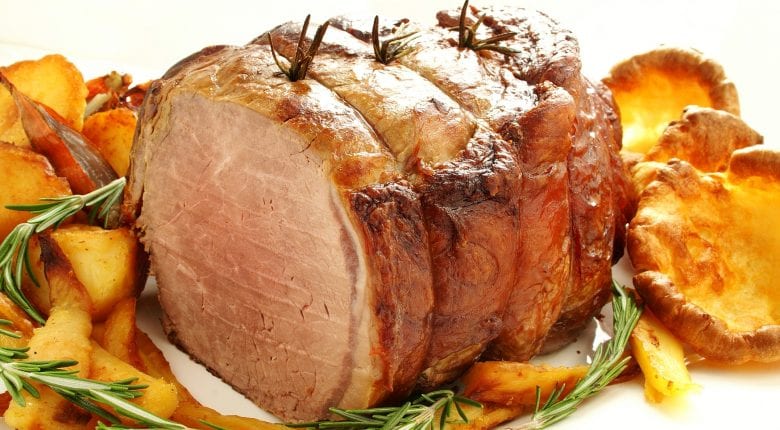
Method: Freeze whole or in slices, with foil between the slices.
Storage life in freezer compartment: 3 months.
Stews
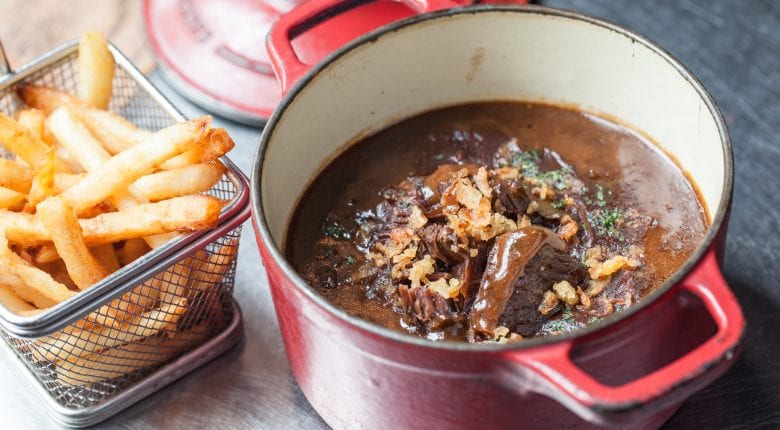
Method: Cook and divide into portions. Pack in solid containers or cook-in freezer bags.
Storage life in freezer compartment: 3 months.
Goose/duck
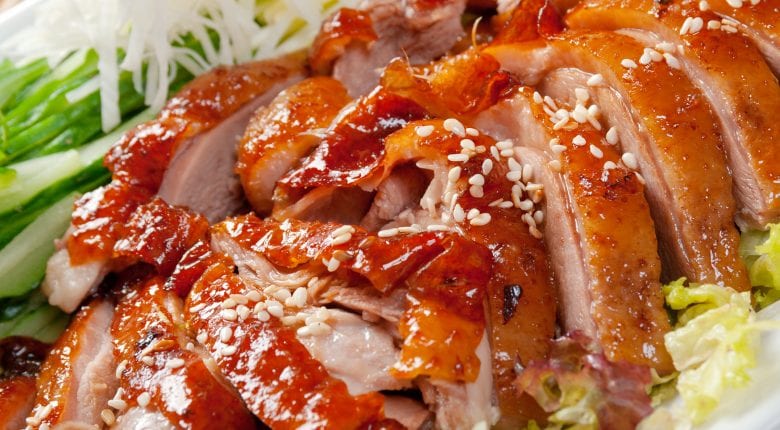
Method: Remove giblets, prepare for cooking and pack.
Storage life in freezer compartment: 2-4 months.
Goulash meat
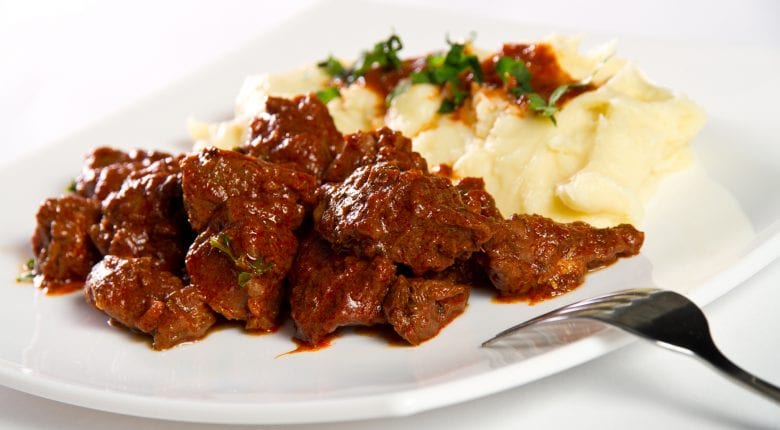
Method: Pack in portions up to 3kg (max.).
Storage life in freezer compartment: 3-6 months.
Rabbit/hare
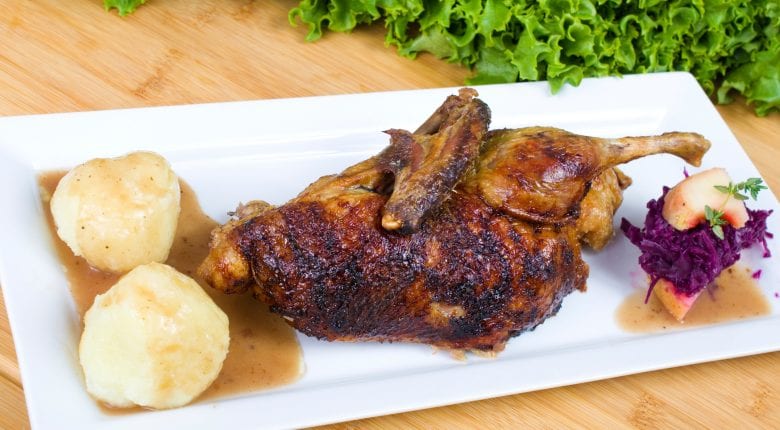
Method: Remove giblets and pack whole, or in portions.
Storage life in freezer compartment: 8 months.
Cured pork
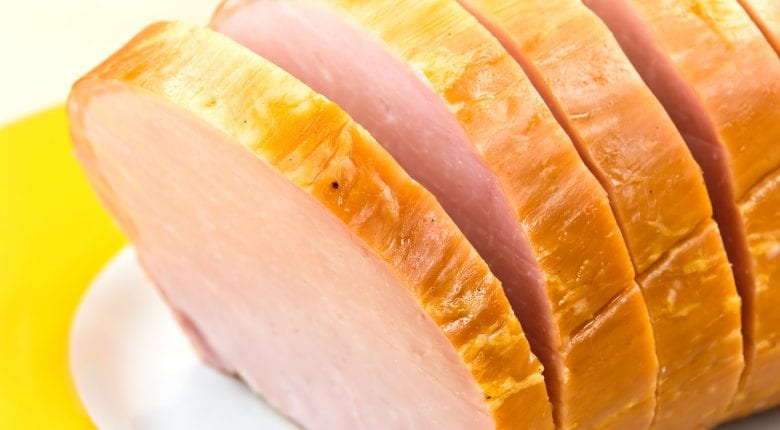
Method: Divide into portions no larger than 3kg and pack.
Storage life in freezer compartment: 2-3 months.
Dumplings
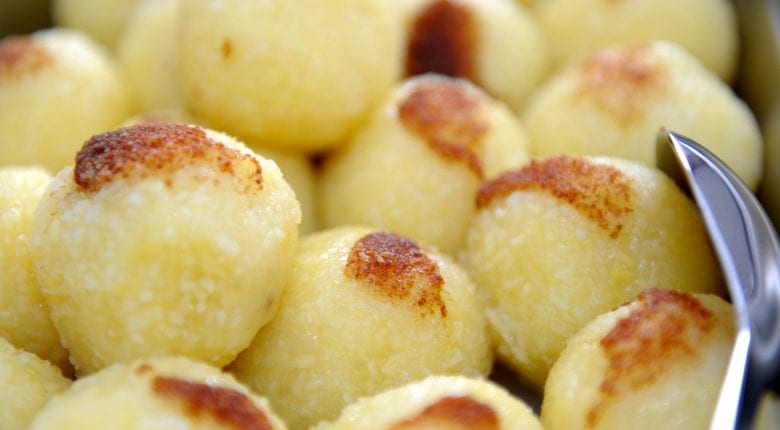
Method: Store cooked, ready-to-serve dumplings in a solid container or cook-in freezer bag.
Storage life in freezer compartment: 3 months.
Beef roulades
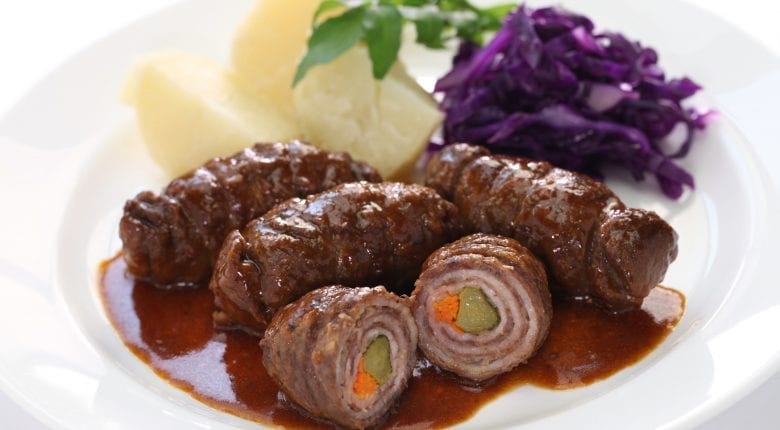
Method: Pack flat in slices, up to a 6 to 8 (max.), placing foil in between the slices.
Storage life in freezer compartment: 9-12 months.
Red cabbage
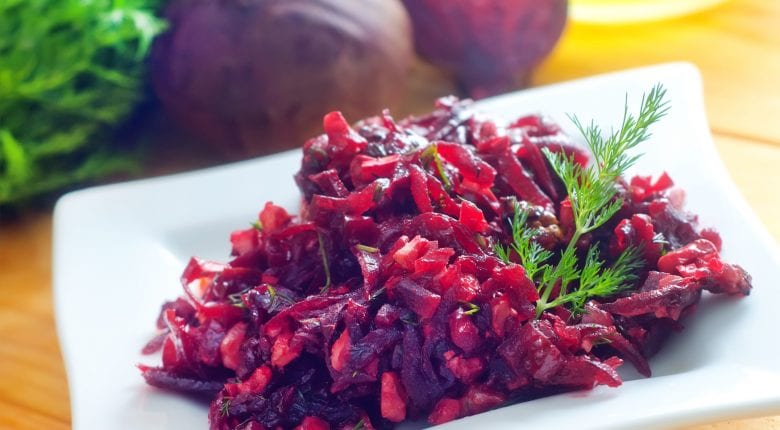
Storage life in freezer compartment: 8-10 months.
Pork
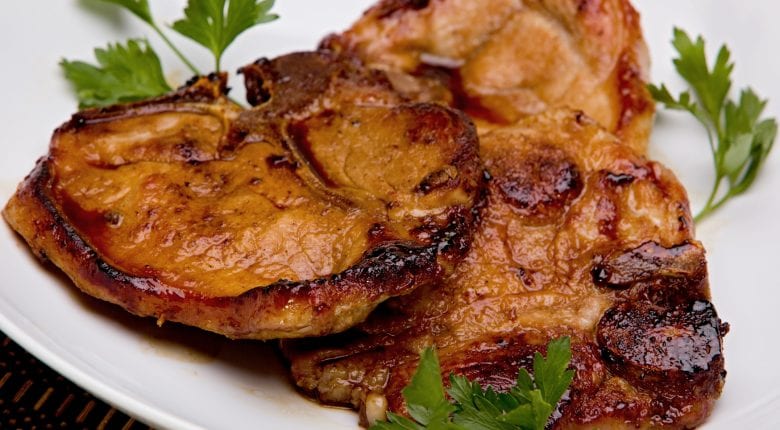
Method: Leaner meat stores better than more fatty cuts. Pack in pieces up to 3kg (max.).
Storage life in freezer compartment: 4-7 months.
Soups
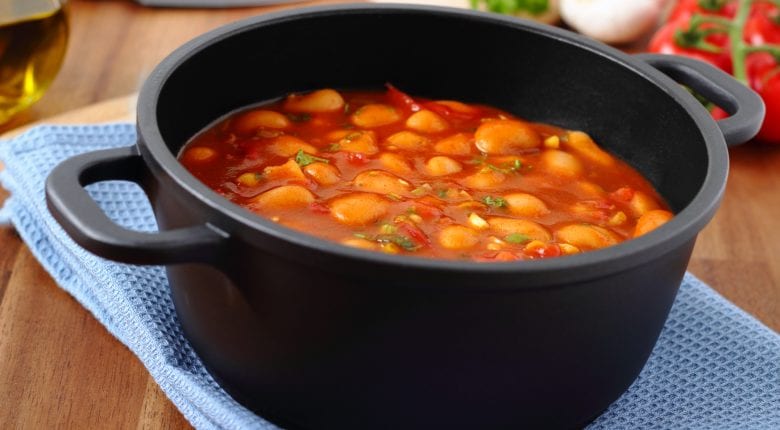
Method: Pre-freeze soups, which are as fat-free as possible, in containers and then remove, and wrap in foil.
Storage life in freezer compartment: 4-6 months.
Feel free to subscribe to our newsletter and we will keep you up-to-date with all the news from our world of freshness. If you have any questions about this post, then please use the comment function below this post or start/join in discussions with us on Facebook.
